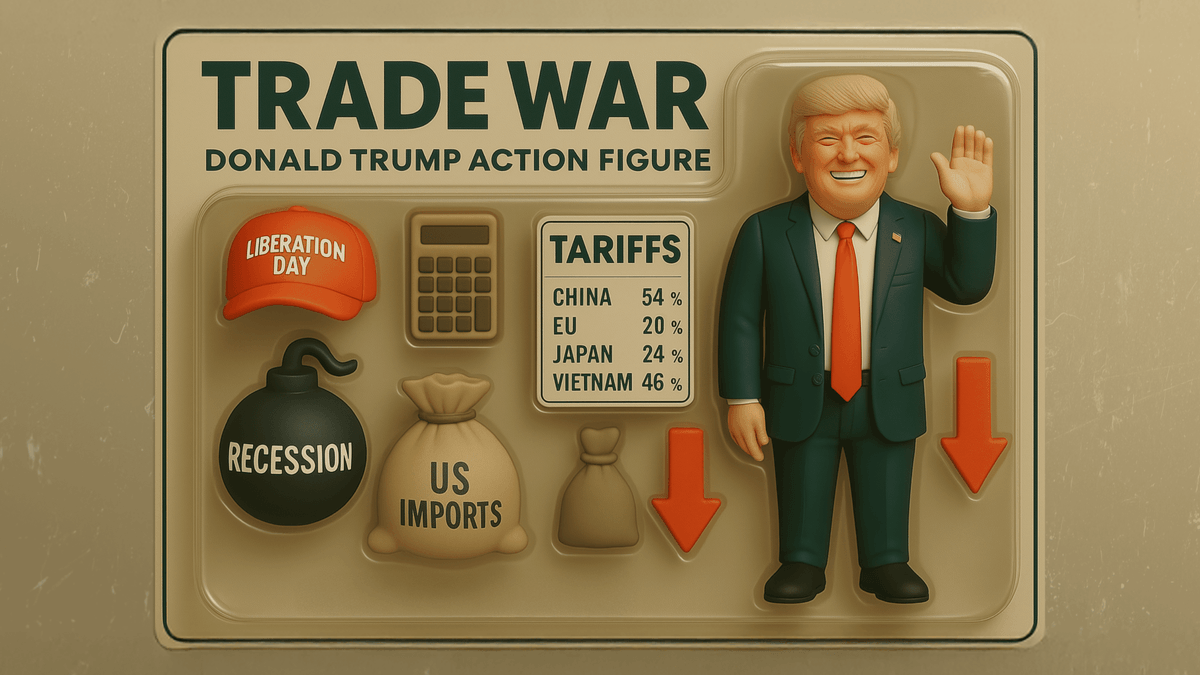
현실 점검

비트코인은 시장이 감소하는 가운데 새해를 시작했습니다. 카자흐스탄의 정치적 혼란은 주요 암호화폐에 예상치 못한 영향을 미쳤습니다. 주식 시장의 전 세계 매각은 변동성을 증폭시켰고 주요 알트코인으로 확산되었습니다. 이러한 일시적인 변동성 증가는 영국이 오미크론 감염의 정점을 지나면서 5차 유행의 끝과 아마도 팬데믹의 끝을 예상하는 가운데 발생했습니다. 2022년 봄은 "새로운 정상"으로의 정상으로의 복귀를 가져올 수 있습니다. COVID는 풍토병이 되어 몇 년 동안 다른 바이러스와 공존할 것입니다. 팬데믹 이후는 현실 점검을 촉발할까요?
답은 긍정적입니다.
새로운 거시 경제 수치
첫 번째 결과는 거시 경제 수치를 새로운 현실에 맞추는 것입니다. 인플레이션, 실업률 또는 GDP 측정 방식은 새로운 현실에 맞게 변경되어야 합니다. 예를 들어 선도 경제는 2021년에 성장을 기록했지만 대부분은 과소 평가된 인플레이션에 의해 발생했습니다.
실업률은 과소 평가될 가능성이 높은 또 다른 수치입니다. 노동력에 등록되지 않은 많은 개인은 실업 통계에 나타나지 않습니다. 디지털 세계는 공식 수치에 실제로 포함되지 않은 새로운 기회를 창출했습니다.
금리
연방준비제도는 3월에 금리를 인상하여 극심한 인플레이션을 해결해야 합니다. 시도는 타당하지만 성공할지는 확실하지 않습니다. 연준은 고금리, 고인플레이션, 저성장의 상황에 처할 수 있습니다. 따라서 금리 개념을 재검토해야 합니다. 화폐 공급이 사실상 무한대일 때 금리의 의미는 무엇일까요?
투자
투자 열풍은 천천히 끝날 수 있습니다. 암호화폐 거래와 주식 시장에서 벗어나는 것은 장기적으로 지속 가능하지 않을 수 있습니다. 개인 투자자는 거래가 인플레이션에 대한 헤지가 아니라는 것을 깨달아야 합니다. 가격이 상승하는 동안 투자 수익은 줄어들 수 있습니다.
삶은 일련의 자연스럽고 자발적인 변화입니다. 저항하지 마세요. 그것은 슬픔만을 가져올 뿐입니다. 현실을 현실로 받아들이세요. 모든 것이 자연스럽게 원하는 방식으로 앞으로 나아가도록 하세요. 노자, 중국 철학자
시장 개요

다우존스 지수는 올해 처음으로 36,000 아래로 떨어지면서 2주 연속 음수 수익률을 기록했습니다. 미국의 인플레이션은 2021년 12월에 7%로 상승하여 1년 전보다 5배 증가했습니다. 인플레이션 상승은 다소 감소했지만 가격이 안정될 조짐은 없습니다.
또한 공식 수치는 부동산, 고급 제품, 전자 또는 디지털 제품의 가격 급등을 고려하지 않습니다. 광범위한 제품 및 자산의 평균 가격의 실제 상승은 공식 인플레이션의 최소 두 배여야 합니다.
외환:
GBP/EUR

최신 영국 GDP 데이터는 영국 경제가 코로나19 팬데믹 이전 수준으로 회복되었음을 보여줍니다. 영국 파운드는 유로에 대한 모멘텀을 얻어 팬데믹 발발 이후 최고 수준인 1.20 근처로 상승했습니다. 오미크론 파동은 영국 경제 성장에 부정적인 영향을 미쳐 GBP를 저해할 것입니다. 그러나 전반적으로 영국은 브렉시트를 극복한 것으로 보이며 내년에 좋은 전망을 가지고 있습니다.
포커스:
Electricite de France

우리는 12월에 유럽 국가들을 강타한 에너지 위기를 높은 가스 가격 속에서 광범위하게 다루었습니다. 프랑스는 의심할 여지 없이 역설입니다. 프랑스는 거대한 원자력 발전소 단지를 보유하고 있기 때문에 이론적으로 적어도 전력 소비량에 대해 독립적이고 자급자족해야 합니다. Electricite de France(EDF)는 원자력 공급 관리에 대한 독점권을 가지고 있습니다. 프랑스 대통령 마크롱은 인기가 낮아지면서 주요 전력 공급업체에 압력을 가하여 경쟁사에 저렴한 원자력을 판매하여 프랑스 인구의 구매력에 부정적인 영향을 미치는 공공 요금의 파괴적인 인플레이션을 억제했습니다.
대통령 선거로 가득 찬 한 해 동안 프랑스 정부는 국민을 기쁘게 하기 위해 주요 공공 사업체를 희생시켰습니다. EDF의 주가는 회사가 최대 84억 유로의 수익을 잃을 것이라는 발표 이후 25%나 급락했습니다.
금리:
10년 만기 국채

10년 만기 국채 수익률은 지난 가을부터 시작된 상승세를 이어가며 1.758%로 급등했습니다. 시장은 연방준비제도가 인플레이션을 통제하기 위한 궁극적인 시도로 3월에 금리를 인상할 것으로 예상합니다.
또한 연준은 1년에 3~4번 금리를 인상할 계획입니다. 따라서 가까운 미래에 10년 만기 국채 수익률은 2.25%까지 상승할 수 있습니다.
포커스:
넷플릭스

넷플릭스는 미국과 캐나다 기반 소비자에 대한 가격 인상 소식에 지난 거래 세션에서 3.3% 급등했습니다. 갑작스러운 상승은 2021년 11월에 시작된 완만한 하락세 속에서 이루어졌습니다. 팬데믹 초기 단계에 급증했던 모든 기술 회사와 마찬가지로 넷플릭스는 성장률의 한계에 직면해 있습니다. 신규 가입자 수는 감소하고 있으며 기존 고객의 용량은 포화 상태에 도달했습니다.
또한 넷플릭스의 비즈니스 모델은 자멸로 이어질 수 있습니다. 할리우드를 장악하려는 야망은 강력한 마케팅을 통해 추진되는 저비용 제작을 포함합니다. 넷플릭스의 주요 장점은 상당한 시장 점유율이지만 동시에 아킬레스건이기도 합니다. 넷플릭스의 파이를 떼어내기 위해 많은 경쟁사들이 시장에 진출하고 있습니다.
시장 전망
다우존스 지수는 하락세를 지속하며 36,000 지지선 아래로 떨어졌습니다. 새로운 오미크론 변종과 예상되는 채권 매입 축소는 언제든지 구조적 시장 하락의 시작을 촉발할 수 있습니다.
비트코인은 지난주보다 회복하여 USD 43,000 이상으로 한 주를 마감했습니다.
금 온스는 USD 1,820 근처에서 마감하며 한 주를 긍정적인 영역에서 마감했습니다. 예상되는 시장 축소와 인플레이션 상황은 금 가격 상승에 대한 좋은 근거입니다.










일반적인 면책조항
이 콘텐츠는 정보 제공을 목적으로 하며, 재정적 조언이나 매매 권유를 구성하지 않습니다. 투자에는 자본 손실의 위험을 포함한 위험이 따릅니다. 과거의 성과는 미래 결과를 보장하지 않습니다. 투자 결정을 내리기 전에 재무 목표를 고려하거나 자격을 갖춘 재무 상담사와 상담하십시오.
이 내용이 유익하다고 생각하셨나요?
아니요
어느 정도
좋음




%2FfPNTehGpuD8BdwDeEEbTF2.png&w=1200&q=100)
%2FgRTFfWwPmcWyE8PFfywB82.png&w=1200&q=100)

%2FAD2MfhoJXohkTgrZ5YjADV.png&w=1200&q=100)

%2FjjqkumDfGjhNxroL253Hc4.png&w=1200&q=100)

